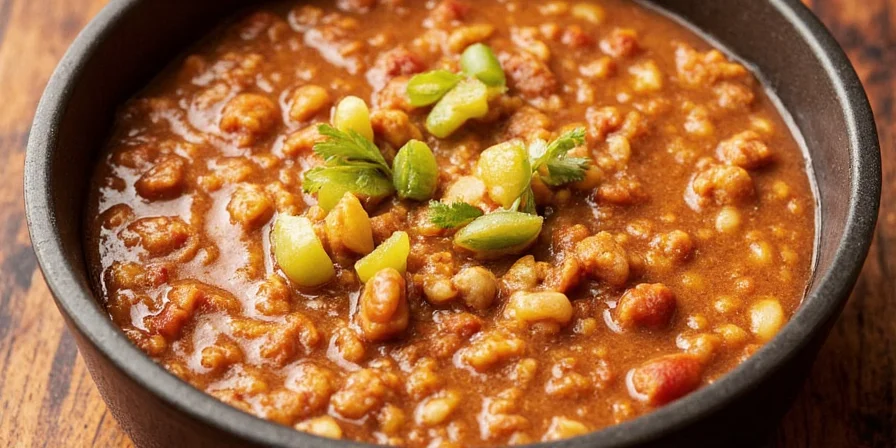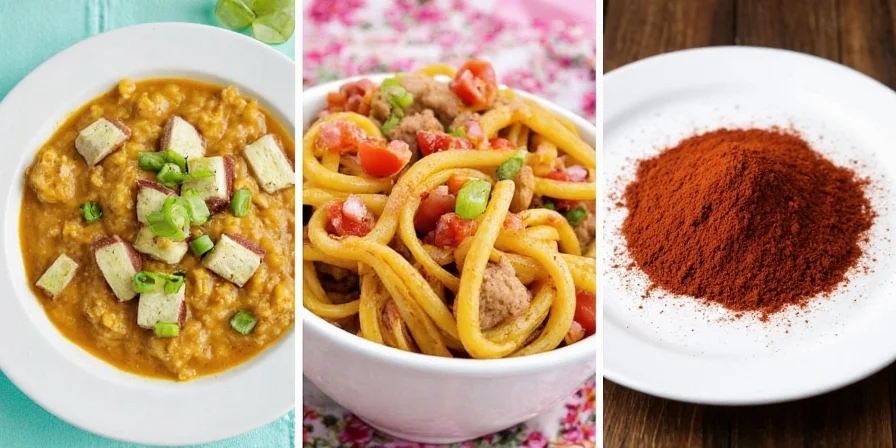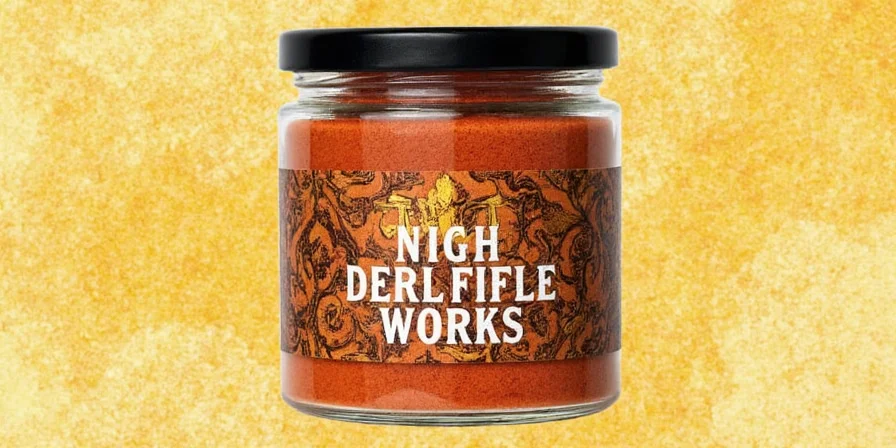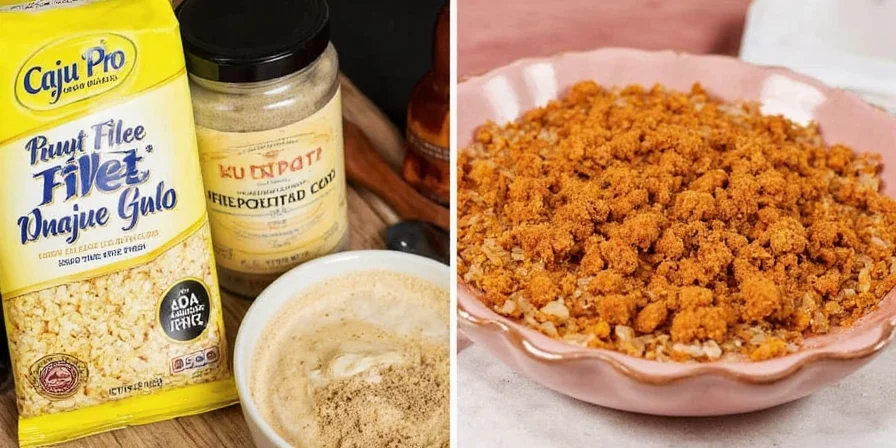File powder is a spice made from ground sassafras tree leaves, primarily used in Louisiana Creole cuisine as both a thickener and flavor enhancer. Unlike common misconceptions, it contains no meat despite its name. This guide answers your most pressing questions: Is file powder safe to eat?, How do you use file powder properly?, and What are the best file powder recipes beyond traditional gumbo?
What Is File Powder? The Complete Guide
File powder (pronounced fee-lay) is a culinary spice created by drying and grinding the leaves of the North American sassafras tree. Historically used by the Choctaw people, it became integral to Creole and Cajun cooking traditions. Modern food safety regulations ensure commercial file powder contains negligible amounts of safrole (a compound once of concern), making it safe for culinary use in standard quantities.

| Origin | Sassafras albidum tree leaves |
|---|---|
| Texture | Fine greenish-brown powder |
| Taste Profile | Earthy base with subtle citrus and anise notes |
| Key Safety Note | Commercial products contain <0.02% safrole (FDA compliant) |
| Traditional Function | Thickening agent and flavor enhancer in gumbo |
File Powder Safety and Proper Usage Techniques
Understanding how to use file powder correctly is critical for both flavor and safety. Unlike roux or cornstarch, file powder's unique properties require specific handling:
- Never boil file powder - heat causes it to become stringy and develop unpleasant texture
- Add only at the end - sprinkle into serving bowls rather than cooking pot
- Start with 1/4 teaspoon per serving - too much creates medicinal flavors
- Store in dark glass - light degrades its delicate aromatic compounds
- Check freshness - vibrant green aroma indicates potency; dull gray color means replacement needed

File Powder Recipes: Traditional and Innovative Applications
While file powder for gumbo remains its classic use, these seven preparations demonstrate its versatility across global cuisines:
1. Authentic Chicken and Sausage Gumbo (Traditional Method)
Complete your roux-based gumbo by stirring in 1/2 teaspoon file powder per bowl just before serving. This preserves the spice's delicate flavor while providing authentic texture.

2. File Powder and Citrus Roasted Turkey
Create a dry rub with 2 tablespoons file powder, orange zest, smoked paprika, and garlic powder for contemporary holiday meals
3. File-Enhanced Mushroom Gravy
Add 1 teaspoon file powder to finished vegetarian gravy for earthy complexity that mimics traditional meat-based versions
4. Asian-Inspired File BBQ Sauce
Combine 1 tablespoon file powder with gochujang, rice vinegar, and honey for glazed salmon or chicken
5. File-Infused Compound Butter
Mix 2 tablespoons file powder into softened butter with lemon zest; melt over grilled fish or vegetables
6. Middle Eastern Spiced Lentils with File Powder
Stir 1 teaspoon file powder into finished lentils with cumin and sumac for unexpected depth
7. Chocolate-File Ganache for Desserts
Add 1/2 teaspoon file powder to warm cream before pouring over chocolate for sophisticated flavor balance

File Powder vs Okra vs Roux: The Complete Comparison
| Thickening Method | Flavor Impact | Texture Result | Best Applications |
|---|---|---|---|
| File Powder | Earthy, citrus notes | Smooth with slight viscosity | Finished dishes, table-side addition |
| Okra | Grassy, vegetal flavor | Distinctive slimy texture | Seafood gumbos, summer dishes |
| Roux | Nutty, toasted depth | Rich, velvety consistency | Chicken and sausage gumbos, foundational base |
Common File Powder Questions Answered
Is file powder safe to eat regularly?
Yes. Commercial file powder contains less than 0.02% safrole, well below FDA safety thresholds. The Louisiana Department of Agriculture confirms standard culinary use poses no health risks.
What happens if you boil file powder?
Boiling file powder causes it to develop a stringy, unpleasant texture similar to egg whites. Always add file powder to dishes after removing from heat to preserve its delicate flavor and proper consistency.
Can file powder replace roux as thickener?
Not effectively. While file powder adds slight viscosity, it lacks roux's thickening power. Use file powder for flavor finishing rather than primary thickening. Traditional gumbo often combines roux base with file powder finishing.
How long does file powder last?
Properly stored in an airtight container away from light, file powder maintains peak quality for 6-12 months. Discard when color turns gray or aroma fades significantly.
File Powder Usage Guide: Best Practices
| Recommended | Avoid |
|---|---|
| Add to finished dishes (1/4 tsp per serving) | Boiling or prolonged cooking |
| Pair with acidic ingredients (citrus, vinegar) | Combining with strong competing spices |
| Store in dark glass container | Exposure to direct sunlight |
| Use in traditional gumbo finishing | As primary thickening agent |
Why File Powder Belongs in Every Kitchen
More than just a gumbo ingredient, file powder offers unique culinary benefits that extend far beyond Creole cooking. Its distinctive flavor profile bridges culinary traditions and elevates everyday dishes with minimal effort. When properly stored and used according to safety guidelines, it provides a safe, versatile option for home cooks seeking authentic flavors and creative culinary exploration. Whether you're preparing traditional Southern dishes or experimenting with global fusion recipes, understanding how to use file powder correctly unlocks new dimensions of flavor in your cooking.











 浙公网安备
33010002000092号
浙公网安备
33010002000092号 浙B2-20120091-4
浙B2-20120091-4